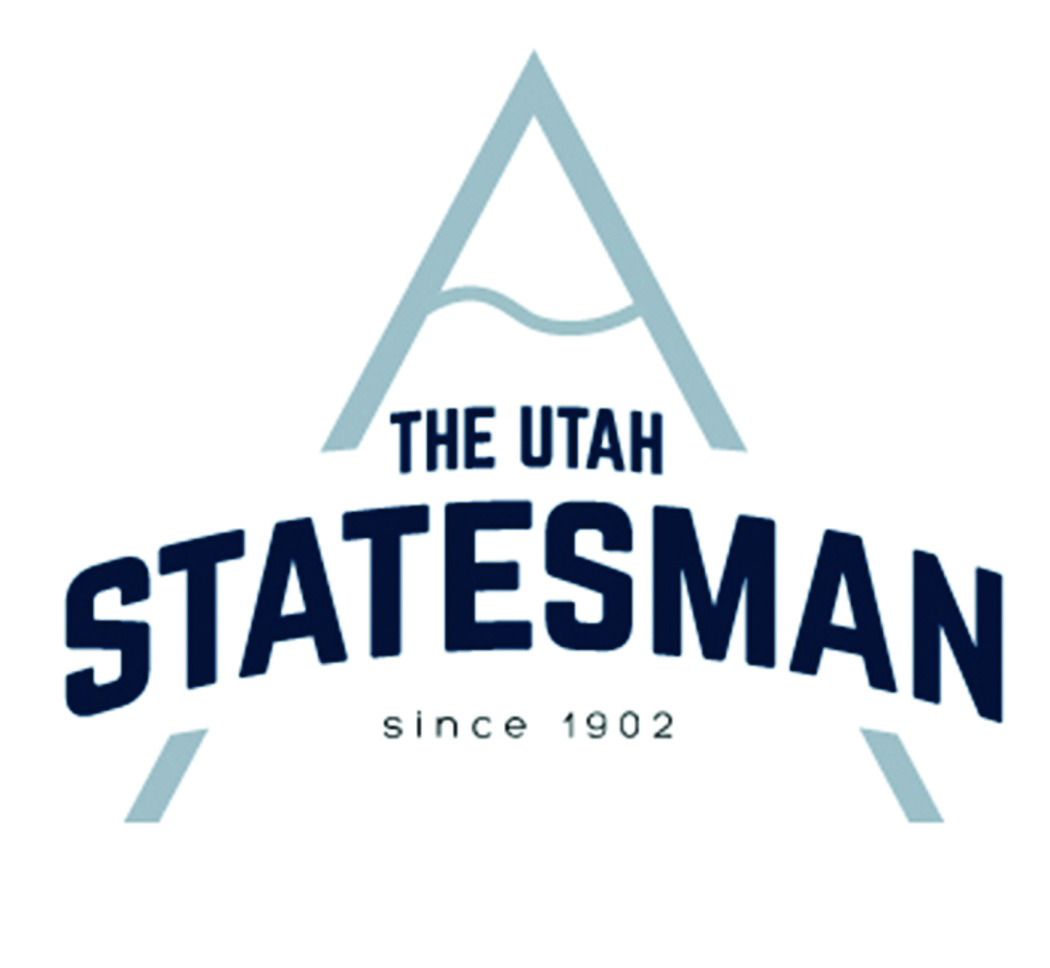Some USU professors take advantage of Open Educational Resources
As students are preparing for their summer classes, many are stressing about the expense of textbooks.
Open Educational Resources, a free program that compiles textbooks and other materials for specific classes that can replace the traditional textbook, may help eliminate some of that stress.
Erin Davis, a librarian for USU, began the program on campus in 2013, but OER was established in 2002. She was concerned with the rising prices in textbooks.
“It’s actually outpaced inflation by three times. Since 1978 it’s up 300 percent. The average student spends about $1200 a semester on text books alone, so this is an initiative to get faculty to be aware of these other open educational resources, so you can replace your textbooks,” Davis said.
Because this is a fairly new initiative, not all faculty members participate in it. Part of OER is to help not only students, but also faculty become aware that there are other resources that are useful for teaching and learning.
“I think a lot of faculty members are so used to the tradition of the department head saying, ‘OK, we are going to be using this textbook’ and a lot of people don’t even question that they do have a choice,” Davis said.
There are many different repositories where faculty members can go to find these textbooks, like Merlot and Creative Commons. The books are openly licensed, so the copyright is available to many people, Davis said. This allows the books to be open to anyone at any time and in any form, making this a great option for college students. Some of the textbooks that are required for classes have certain symbols that tells students whether OER is available for that particular course.
“Students need to care about it because it affects their education,” Davis said.
Simon Barth, a sophomore majoring in civil engineering, discovered OER this year and uses it to supplement his education.
“I was surprised at how many resources there actually are,” Barth said. “You can take courses online, there are textbooks online, and personally for me, I just found it useful because I think I am going to take a calculus class over the summer in order to prep me for calculus next year, so little things like that help.”
The librarians that participate in OER take time to compile the resources for each course. Resources can come in forms of textbooks, sections of textbooks, videos, TED talks and other resources. Because there are so many resources that are online, they can be uploaded directly to courses Canvas pages.
“We want equal access to education and what this is ensuring is that students can have access to the same exact quality of materials from day one of class, whereas a lot of students may wait until week three and say, ‘I’m going to go to Amazon’ and Amazon might be sold out,” Davis said.
Because of the cost of textbooks, students may have to put off taking classes until they have sufficient funds to take the course.
Sharon Struve, who also works in the OER program, was introduced to it through her class experience.
“I had a class and the textbook was really expensive so I dropped the class and I actually got into a class that was using OER,” she said.
Because of this initiative, 20 faculty members have been able to get away from traditional textbook use and take advantage of the technology and other resources in the academic world. USU holds an OER committee comprised of faculty, students, the campus bookstore and other people affected by this initiative.
“The more we talk to faculty, the more we hear from them, ‘Oh hey, we’ve already been doing that for a couple years. We just didn’t know. We were going rogue,’ they called it,” Davis said.
—roniastephen@gmail.com
@RoniALake

